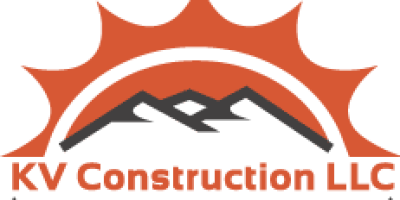Understanding the Siding Replacement Process
When planning a siding installation, homeowners should be prepared for a structured process that begins with the removal of old siding. This initial step involves setting up protective workstations to ensure your property remains clean and undamaged. It’s essential for the old siding to be taken off systematically, ensuring that any underlying structural issues, such as moisture damage or wood rot, can be addressed.
Assessing and Repairing Damages
After the old siding is removed, the next critical step is the inspection of the exterior walls. Any damages or weak spots in the sheathing need to be repaired before proceeding. This stage is crucial to prevent future problems and ensure the longevity of the new siding.
Enhancing Energy Efficiency
Adding layers of insulation is a standard practice in modern siding installations, aimed at increasing the energy efficiency of your home. Options might include traditional foam insulation or innovative house wraps that serve both as insulation and moisture barriers, depending on the specific needs of your property and the local climate.
Installation of New Siding
With the prep work complete, the new siding can be installed. This phase includes fitting the siding panels, trimming, and detailing to ensure everything is perfectly aligned and secured. Depending on the chosen material and finish, additional steps such as painting might be necessary.
The Importance of Professional Siding Services
Choosing the right professionals for your siding project is vital. Teams like those at KV construction LLC in Marysville, WA, specialize in siding services and are equipped to handle the various complexities of a siding installation project. Their expertise ensures that each phase of the installation is executed flawlessly, from initial consultation to the final clean-up, leaving your home with enhanced curb appeal and structural integrity.
Concluding the Installation
After the installation, a comprehensive cleanup is conducted to ensure no materials or debris are left behind. This step is as important as the installation itself, as it ensures the safety and cleanliness of your home environment.
Conclusion
Incorporating these elements into your siding project not only protects your investment but also enhances your home’s aesthetic and functional value. The entire process, from removal to installation, is designed to provide a seamless experience resulting in a durable and visually appealing exterior.


